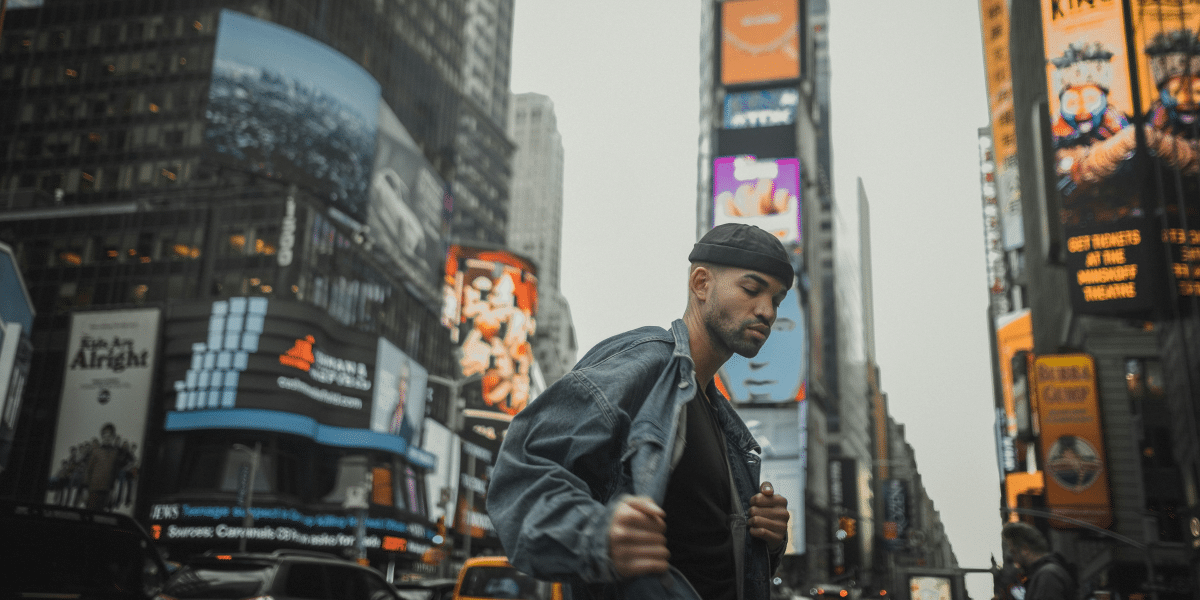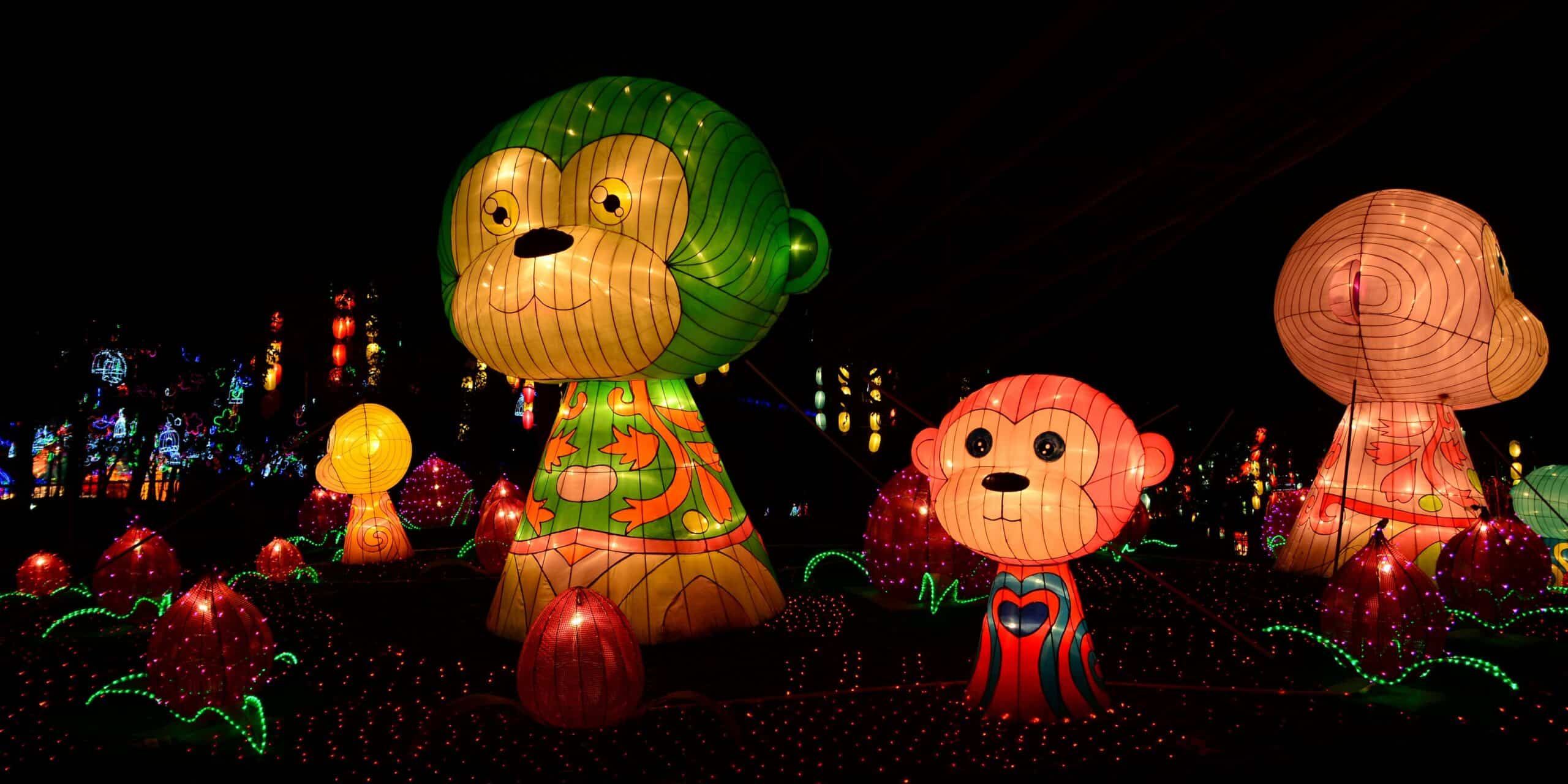A Peek into the Past
New York City has a secret waiting under its busy streets – the forgotten City Hall Subway Station. It closed in 1945, but its beauty is still there for those who know where to look. Let’s explore the hidden charm at the end of the subway line.
Underneath the city’s surface, the City Hall Subway Station used to be something special. It opened in 1904 and was the original last stop of the subway. The design was all about being fancy and beautiful, following a style called Beaux-Arts.
Fancy Design with Beaux-Arts Style
As you go down into the City Hall Station, you’ll see how fancy it used to be. There are big arches, pretty tiles, and shiny brass chandeliers. It feels like stepping back in time to a more elegant era. Everything, from the high ceilings to the decorative plaques, shows how much they cared about making things look nice.
One of the coolest things about the station is the skylights, designed by a clever architect named Rafael Guastavino. These skylights let natural light in and make the whole place feel warm and welcoming. Guastavino was really good at using tiles to create beautiful structures, and you can see his touch here.
Seeing the Beauty Today
The City Hall Station isn’t used for regular subway trips anymore, but you can still see its beauty. If you hop on the 6 train (the one that says Lexington Avenue) and stay on it until it turns around at Brooklyn Bridge – City Hall station, you’ll get a quick view through the windows. It’s like a little sneak peek into the past.
Even though people don’t use the station every day, there are some efforts to keep its special design safe. Sometimes, there are tours and events so people can come and see the old beauty. It’s a way to keep a piece of history alive.
In the middle of busy New York City, there’s a hidden surprise waiting for anyone curious enough to look. The old City Hall Subway Station might be closed for regular trips, but it’s still there, holding onto its fancy Beaux-Arts design. When the 6 train loops around, it’s not just a quick look – it’s a connection to the past, reminding us of the city’s history and how things used to be a long time ago.












